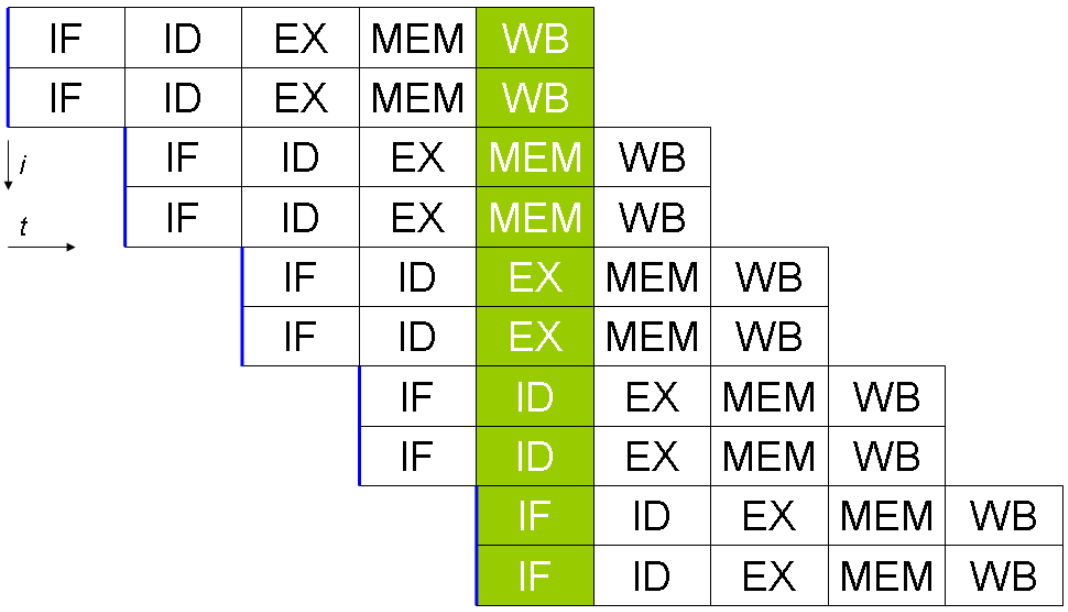Static Code Analysis
静态代码分析器的意义¶
在不运行程序的情况下,预测程序性能表现。得到估计时钟周期,资源占用情况,潜在的代码瓶颈等的分析。以便优化程序,或者为了更好的运行程序反过来对CPU的架构设计提出意见。
在预测的过程中,也会简单进行自动向量化,指令调度等工作。
比如你想看在arm架构下该程序下有什么瓶颈,但是你只有intel的机器,你就可以通过静态代码分析器来分析。但是当前的效果都不是太好。
已有的Static Code Analyzer¶
IACA¶
IACA (the Intel Architecture Code Analyzer) is a (2019: end-of-life) freeware, closed-source static analysis tool made by Intel
由于Intel对自己的处理器优化很了解,所有可以更好的预测。 比如 zero-idioms 和 micro-op fusions(聚合,将相邻指令变为一条指令)
zero-idioms —— The processor recognizes that certain instructions are independent of the prior value of the register if the two operand registers are the same. An instruction that subtracts a register from itself will always give zero, regardless of the previous value of the register.
Ithemal¶
Ithemal (Instruction THroughput Estimator using MAchine Learning) 基于hierarchical LSTM–based 方法。基本块预测器,但是是黑盒。
Long short-term memory (LSTM) is an artificial recurrent neural network (RNN) architecture used in the field of deep learning.
应该是准确度最高的
LLVM-mca¶
LLVM Machine Code Analyzer
受到IACA启发的相似的工具,是乱序超标量(多条流水线,每周期可以完成2条以上指令,如下图)微架构模拟器。
 使用了LLVM后端的调度模型参数。这种重用调度模型的选择对llvm cost 模型提供了经验。其准确性于调度模型有关。
使用了LLVM后端的调度模型参数。这种重用调度模型的选择对llvm cost 模型提供了经验。其准确性于调度模型有关。
OSACA¶
Open Source Architecture Code Analyzer

是IACA的开源替代,也和llvm-mca很像。是参数化的乱序模拟器,但是参数来自测量的指令查找表
cost model¶
LLVM 和GCC 也有cost model,但是是指令层面的,不是基本块层面的。
比如LLVM 至少有3个: 1. a generic, per-instruction IR (Intermediate Representation) cost model for its target-independent optimizations 2. one for instruction scheduling (the scheduling model [14] is also used by llvm-mca); 3. another one for register allocation
基本概念¶
throughput¶
Predicting the (average) number of clock cycles a processor takes to execute a block of assembly instructions in steady state
performance models / Processor performance models¶
指代静态代码分析器,就是别名。
需要进一步的研究学习¶
暂无
遇到的问题¶
暂无
开题缘由、总结、反思、吐槽~~¶
参考文献¶
https://github.com/RRZE-HPC/OSACA